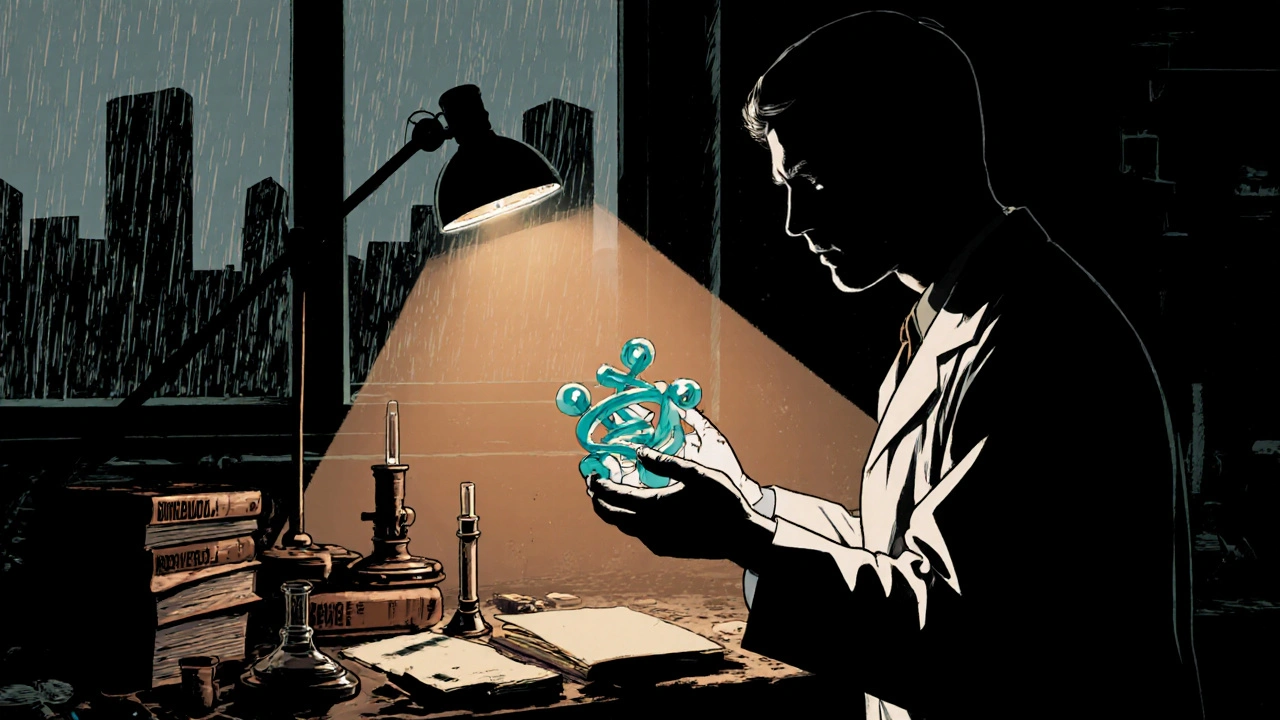Cancer Research: Latest Insights and Practical Resources
When working with cancer research, the systematic study of cancer causes, development, diagnosis, and treatment. Also known as oncology research, it drives new therapies and prevention strategies.
In today’s fast‑moving cancer research landscape, clinical trials, controlled studies that evaluate safety and efficacy of emerging drugs or procedures are the engine that turns lab discoveries into real‑world options. They link directly to biomarkers, measurable biological indicators such as gene mutations or protein levels that help researchers match patients with the right treatment, cut side‑effects, and speed up approvals. Immunotherapy, another cornerstone, leverages the body’s own immune system to recognize and attack tumor cells; its success stories hinge on both trial data and biomarker profiling. Genetics also plays a crucial role, as hereditary mutations inform risk assessment and shape preventive strategies. Together, these elements create a feedback loop: trials discover new targets, biomarkers refine patient selection, and immunotherapy expands the therapeutic toolbox, ultimately pushing cancer research forward.
Beyond the science, cancer research influences public health policies, funding priorities, and patient advocacy. Epidemiology tracks incidence trends, while health economists evaluate cost‑effectiveness of new regimens. The synergy between lab work, patient‑centered trials, and real‑world evidence means you’ll find content that ranges from the mechanics of trial design to practical tips on interpreting biomarker reports. Below, our curated posts break down side‑effects of popular medications, compare treatment options, and explain how emerging therapies fit into the broader research picture. Dive in to see how each piece adds to the ever‑evolving puzzle of cancer research.
How Chlorambucil Advances Cancer Research - Mechanisms, Trials & Future Directions

Explore how chlorambucil works, its role in cancer research, recent trials, resistance mechanisms, and future directions for therapy.
